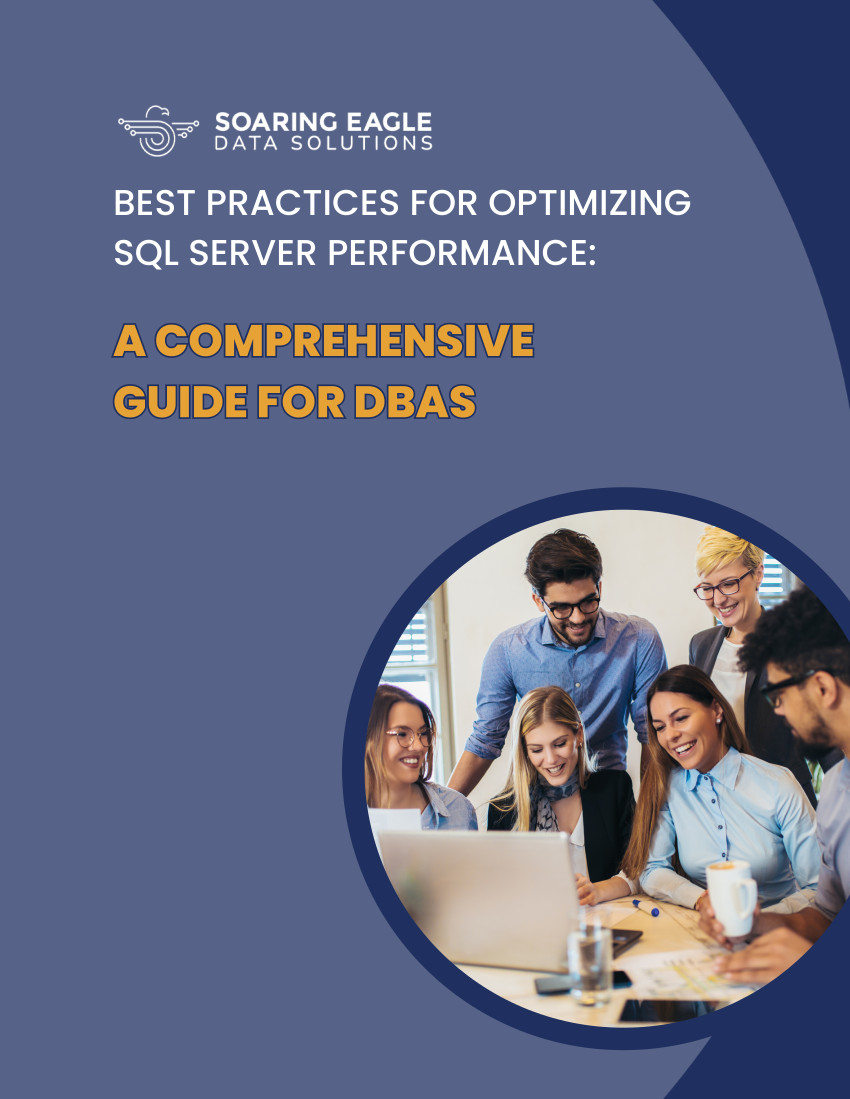
Whether your company runs on Oracle, Microsoft SQL Server, IBM Db2, MySQL, IBM Informix, PostgreSQL, or MongoDB, your database is a complex machine that relies on maintenance to function well. A health check is essential to identify problematic sections so you can enhance your database in the areas that aren’t operating at their fullest potential.
Hardware Resources
The first step that professionals take is checking hardware resources: CPU, Memory, and I/O are the three primary hardware subsystems a database depend on for flawless performance.
When your database environment is well architected, it manages workload consistently among spindles, controllers, and CPUs. The I/O subsystem can be either DAS (direct-attached storage), NAS (network-attached storage), or SAN (storage area networks). Luckily, I/O configuration is the most flexible of these resources. Database and System Administrators can team up to balance the I/O load across all available resources. The goal is to reduce bottlenecks and maintain throughput for the entire life of your database.
Memory
A server can hold a ton of main memory, and the use of this memory must be distributed precisely across your database, operating system, and applications. Furthermore, designating an adequate reserve of free memory is crucial to assure that, during periods of high usage, there is enough memory to meet the demands of such workload.
In every database health check, it is essential to tune the Unix kernel memory-specific parameters where applicable, applying a tunable chunk to the database and its memory structures.
Database Performance
An essential part of a health check diagnosis is evaluating the performance of your database and creating a score. There are many factors to bear in mind when ranking performance, such as table fragmentation, indexes, and I/O balance, parameter settings, optimizer stats, transaction logging, session activity, database layout, and cache utilization. You should take your database’s behavior as a whole when taking these variables into account.
When your clients connect to your databases, make sure they have the best experience possible. It is vital to ensure you aren’t missing out on better system performance due to outdated software. If this is the case, it is advisable to perform library upgrades to give you the user experience your users want and deserve.
Application Integration
Check the applications living in your database to see if there’s something you can enhance. If an application can be improved, talk it over with your app developers and recommend steps to enhance that app.
In Client Communications, determine how to leverage hardware and software to its fullest potential. In Application Implementation, assess how to augment operational stability in your database environment, examine batch jobs, backup & recovery, logging & upgrade strategies, and test platform capability. All of this enables the DBA to provide recommendations for improving uptime in your environment.
It’s easy to blame application issues like slowness on the database. However, it is possible to determine whether these complications stem from database performance or application requests sent to the database. Give application developers constructive feedback to produce a better, more efficient user experience.
Regular database health checks are small tasks that keep big problems at bay. Run systematic health checks to keep your database running at 100%, your DBAs in a good mood, and your business flowing.
Contact Soaring Eagle Consulting for a Free Database Evaluation Today
Getting started is simple. Click the button below to request your free one-hour database assessment from the DBA experts at Soaring Eagle Consulting®.


